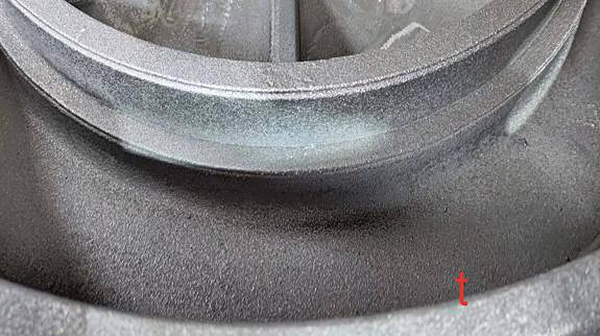Lost Foam Casting Applications An Overview
Lost foam casting (LFC) is an innovative foundry process that has gained popularity across various industries due to its ability to produce complex shapes with high dimensional accuracy. This method involves creating a foam pattern, which is then coated with a ceramic shell and subsequently filled with molten metal. As the metal is poured, it vaporizes the foam, leaving a precisely shaped metal part.
Lost Foam Casting Applications An Overview
The aerospace sector has also adopted lost foam casting for producing components that must meet stringent performance and weight specifications. The ability to craft lightweight parts without compromising structural integrity is a critical benefit in this field. LFC allows for the creation of components that would minimize fuel consumption and emissions in aircraft, aligning with the industry's push towards more sustainable practices.
lost foam casting applications

Another area where lost foam casting shines is in the production of replacement parts for machinery and equipment. Industries that rely on heavy machinery often require bespoke parts to minimize downtime and ensure operational efficiency. LFC provides a cost-effective solution for fabricating these specialized components, as it allows for rapid prototyping and production of small batches—factors that are crucial in industries where time and precision are of utmost importance.
Moreover, lost foam casting contributes to a reduction in waste material. Traditional casting methods often require additional machining after the casting process to achieve the desired tolerances and surface finishes. In contrast, the LFC process can produce parts that are closer to final specifications, thus minimizing secondary operations and material waste. This efficiency not only reduces production costs but also aligns with broader sustainability goals.
The versatility of lost foam casting makes it applicable in sectors beyond those traditionally associated with metalworking. It is being explored for applications in the production of artistic sculptures, architectural elements, and even in the immediate manufacture of certain components in specialized industries. The ability to quickly adapt designs and produce items tailored to specific needs further expands the possibilities of LFC.
In conclusion, lost foam casting presents a multitude of applications across various industries. Its ability to produce complex geometries with high accuracy, reduce waste, and cater to specialized requirements positions LFC as a valuable manufacturing technique. As technology continues to advance and industries seek more efficient and sustainable production methods, the relevance of lost foam casting is likely to grow, paving the way for further innovations and applications in the future.
Post time:paź . 22, 2024 13:25
Next:Exploring the Benefits and Applications of Resin Bonded Sand Casting Techniques
